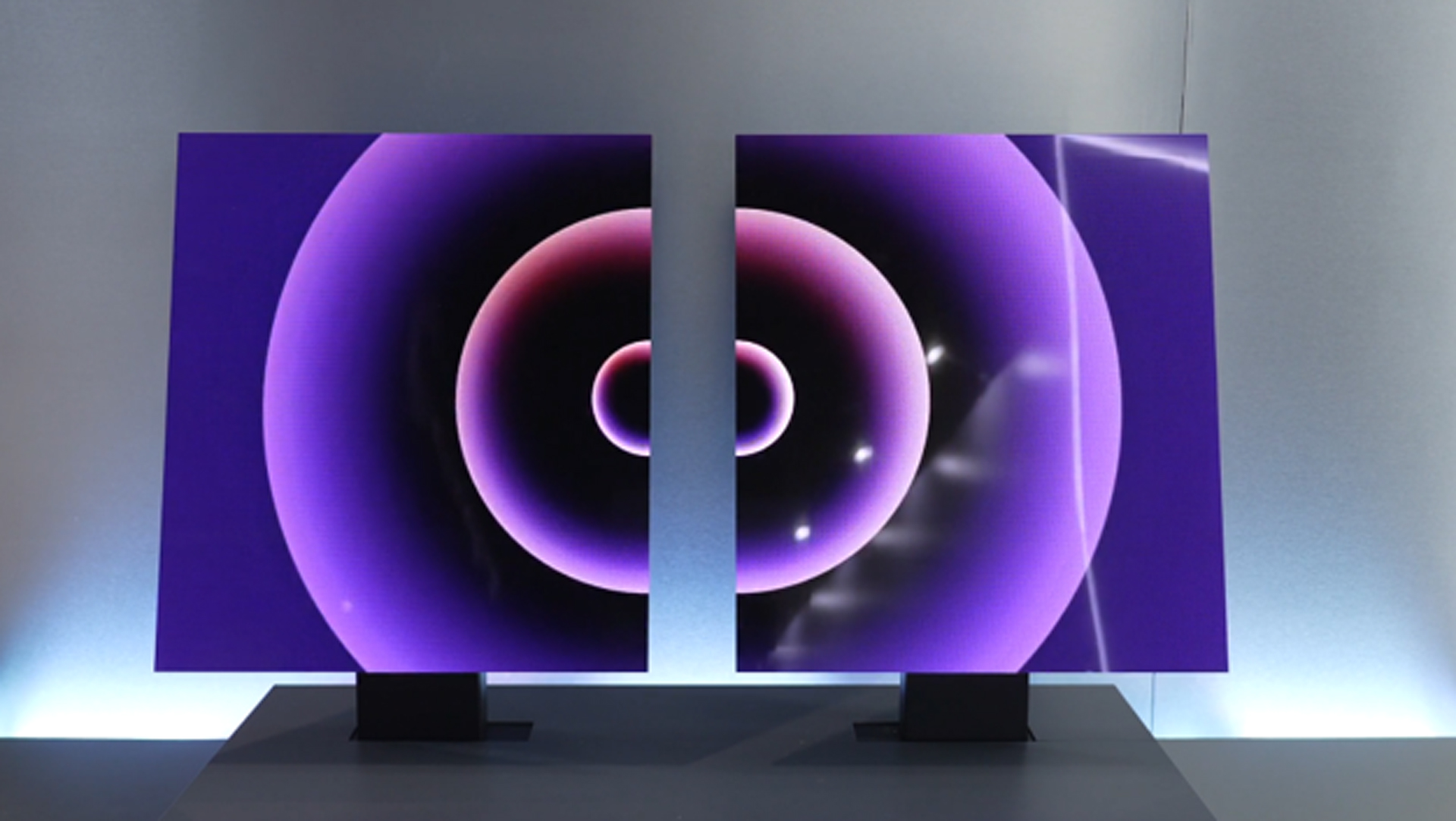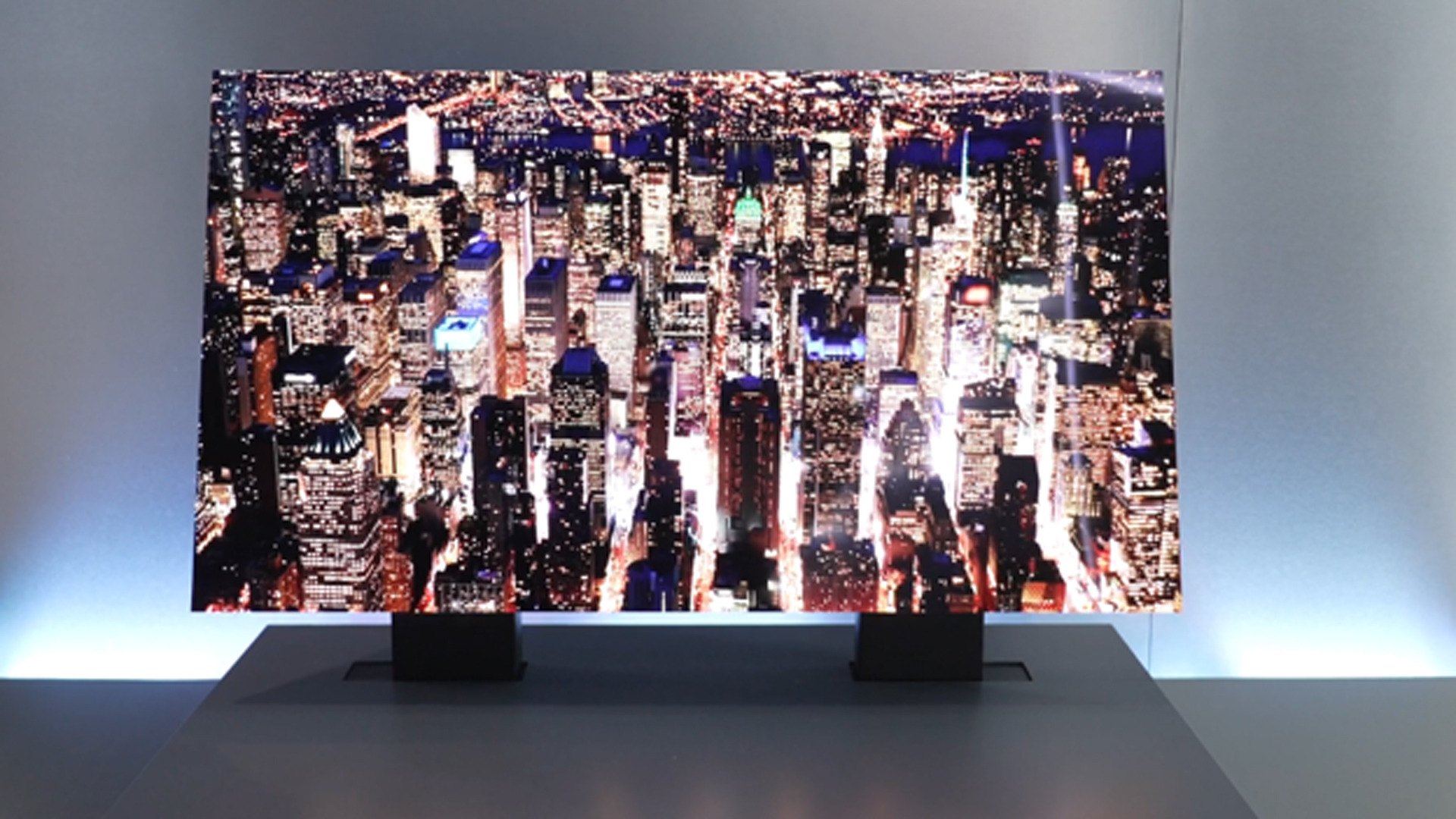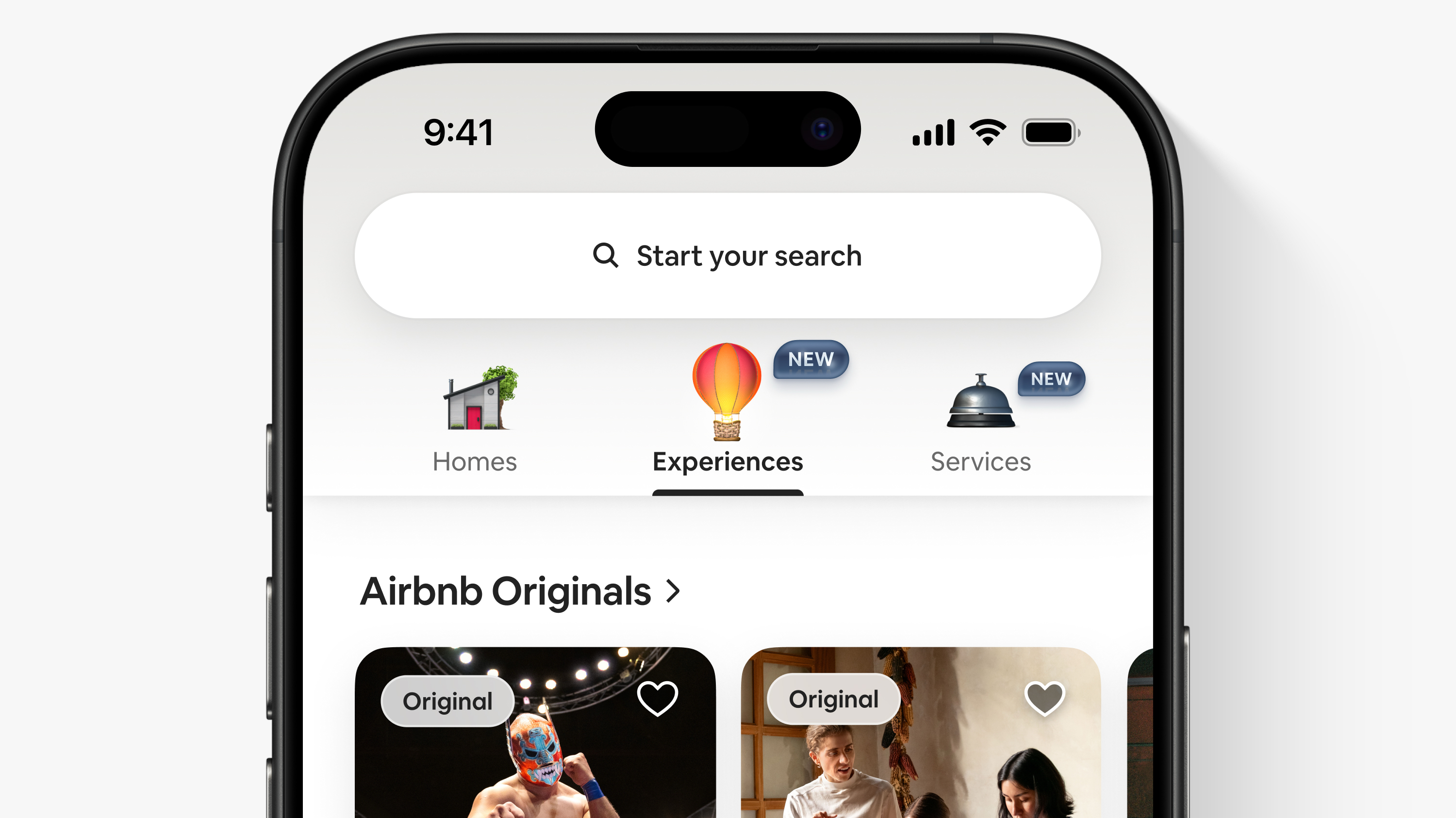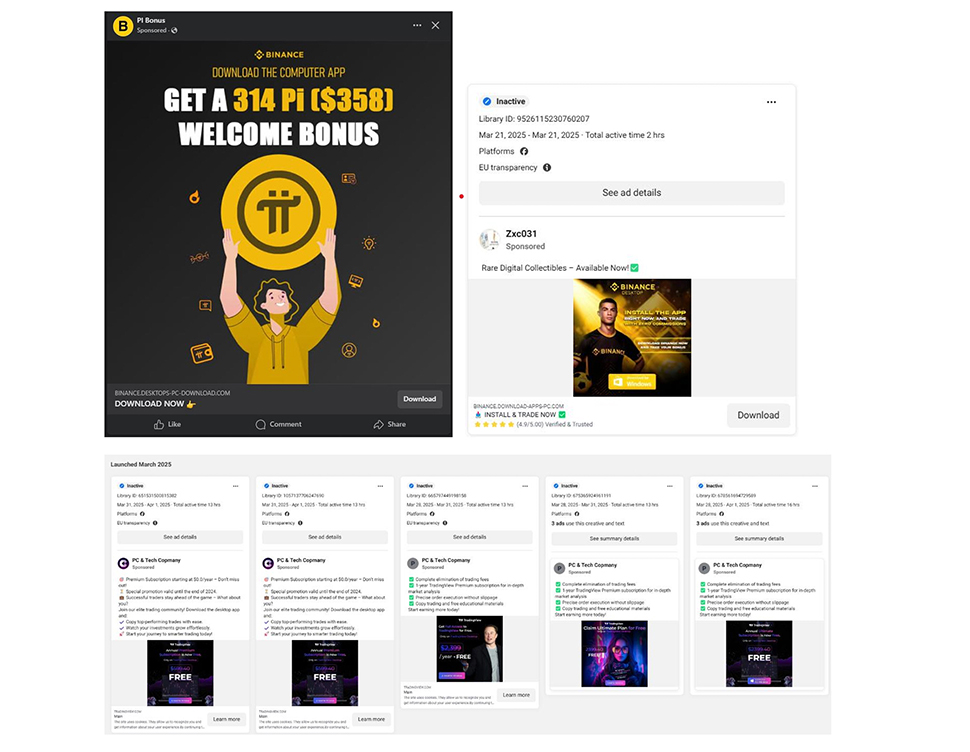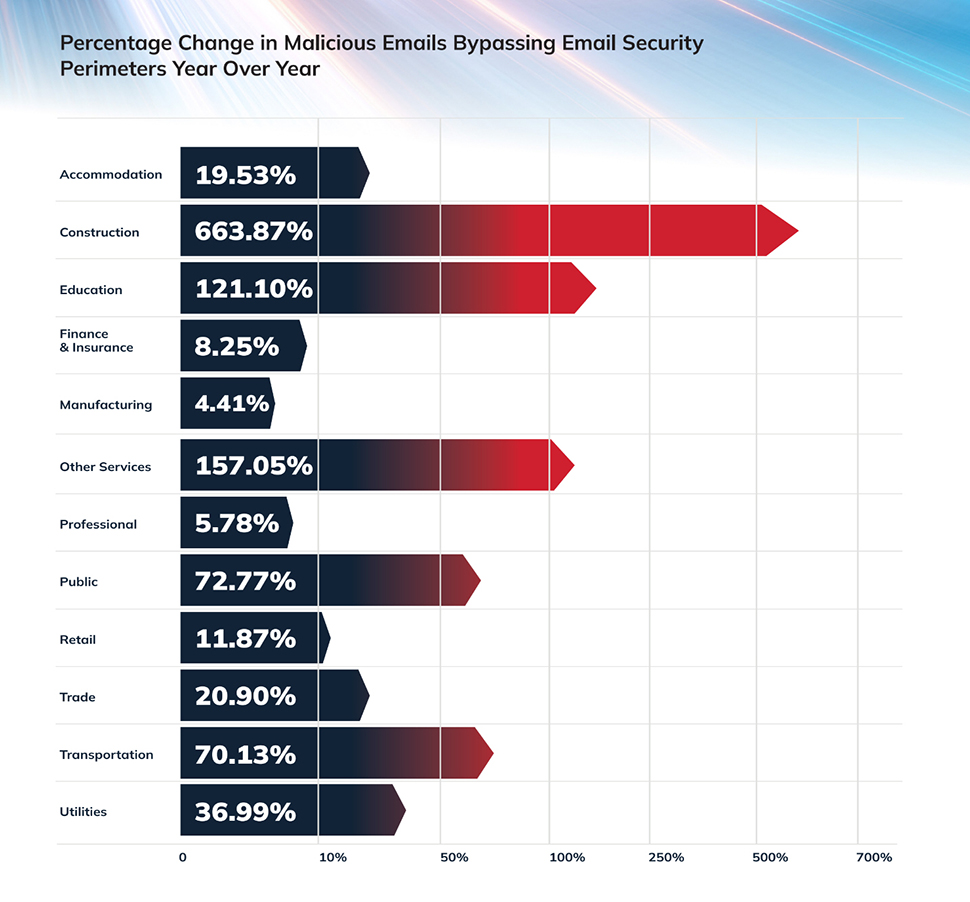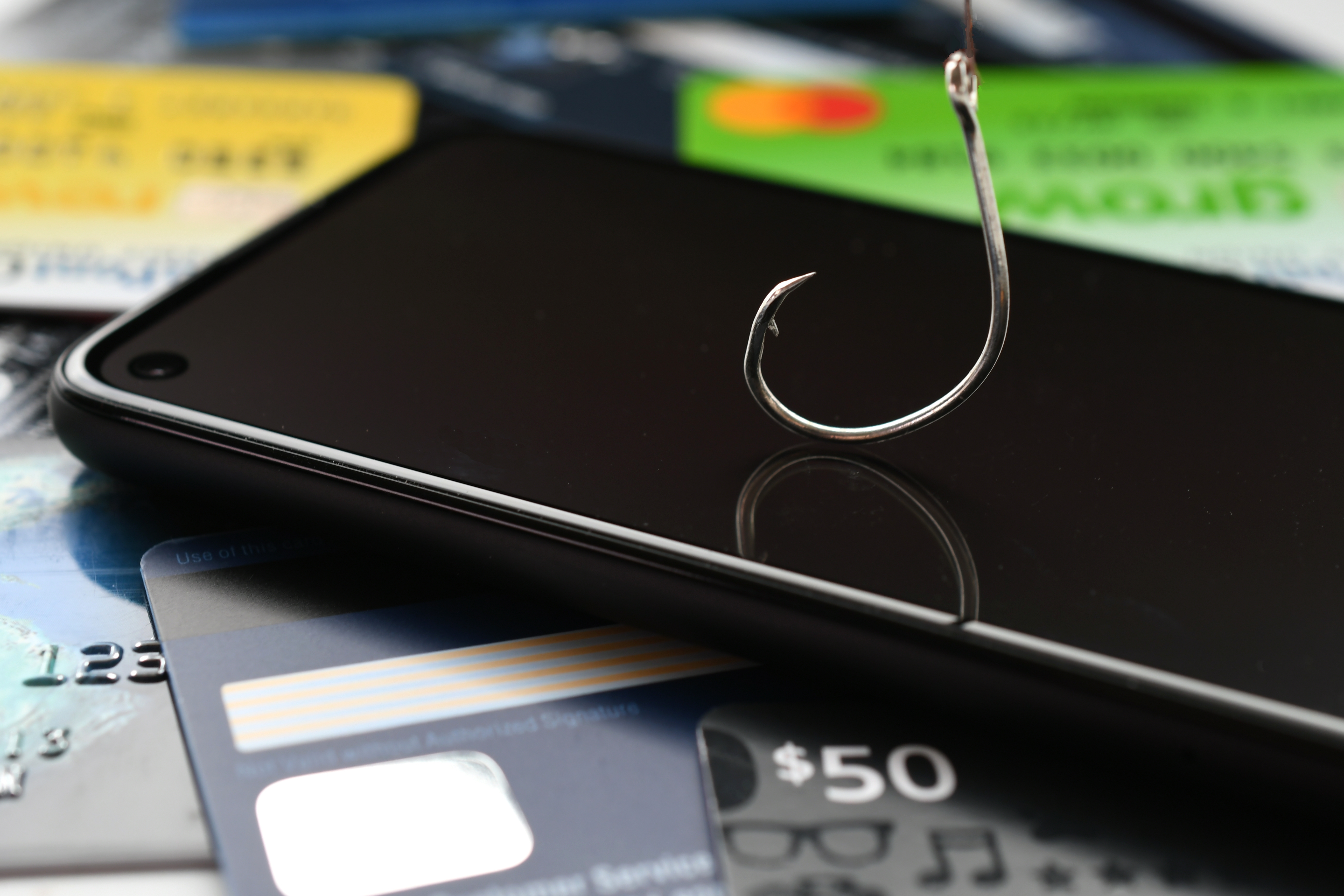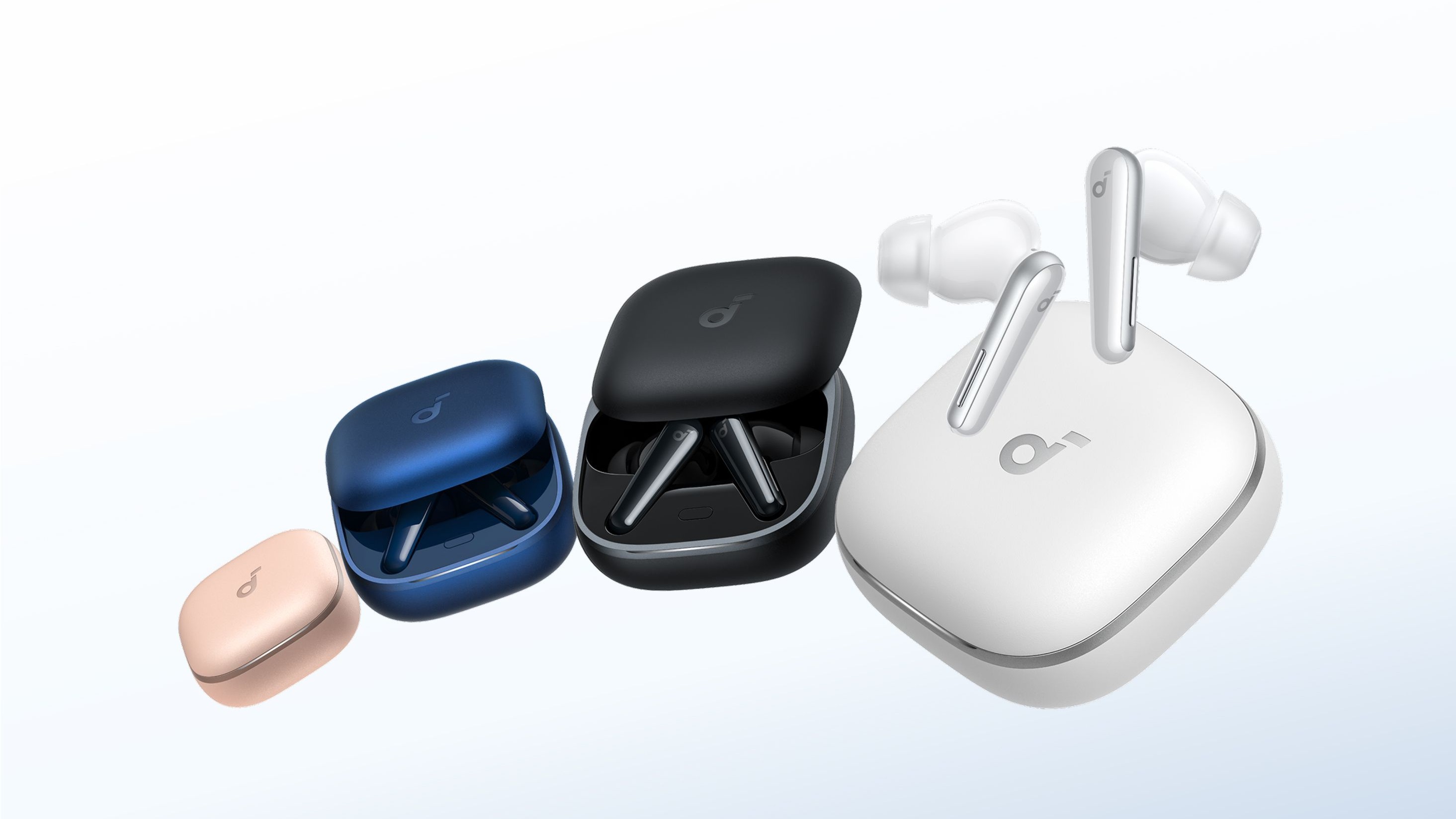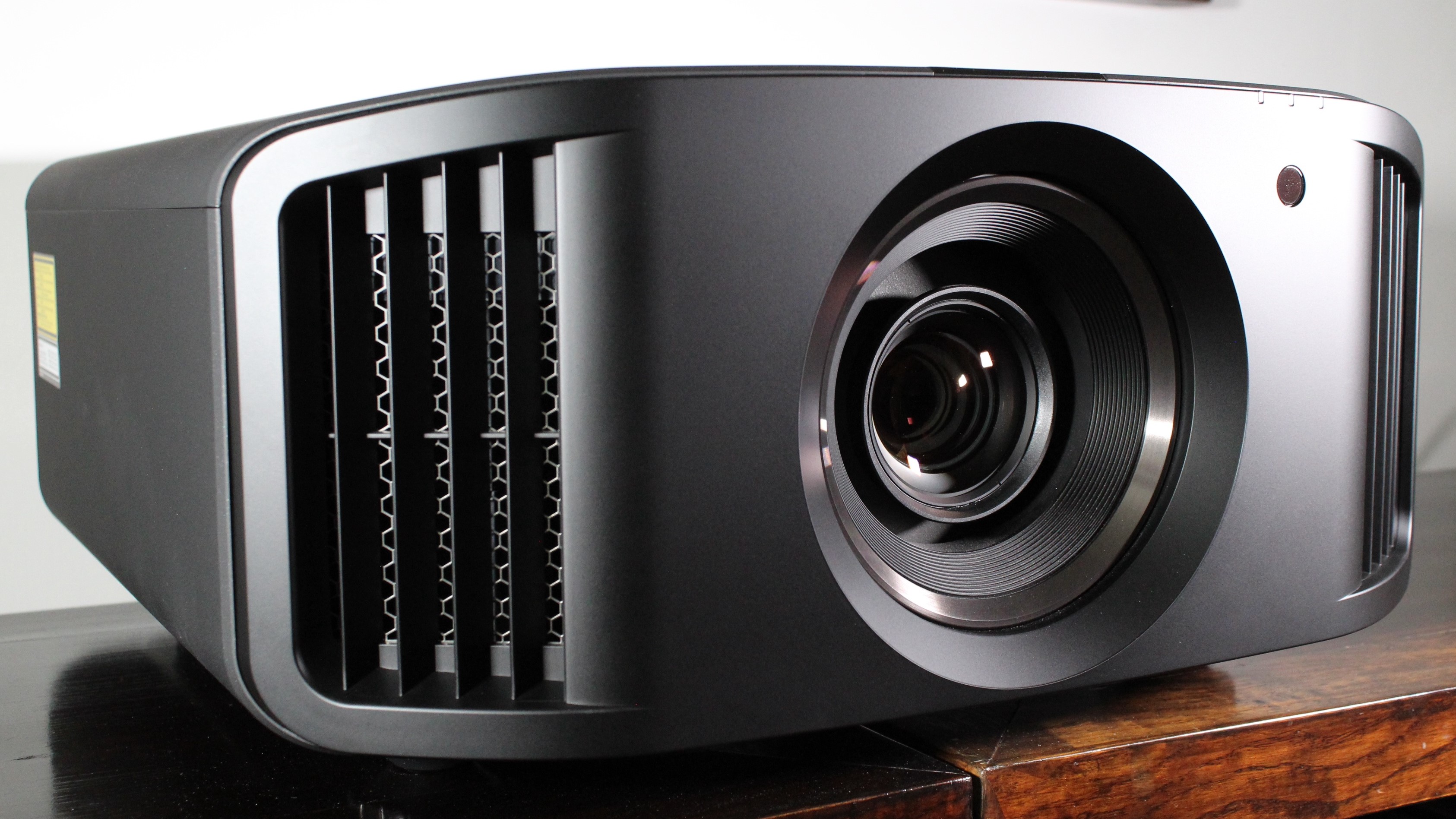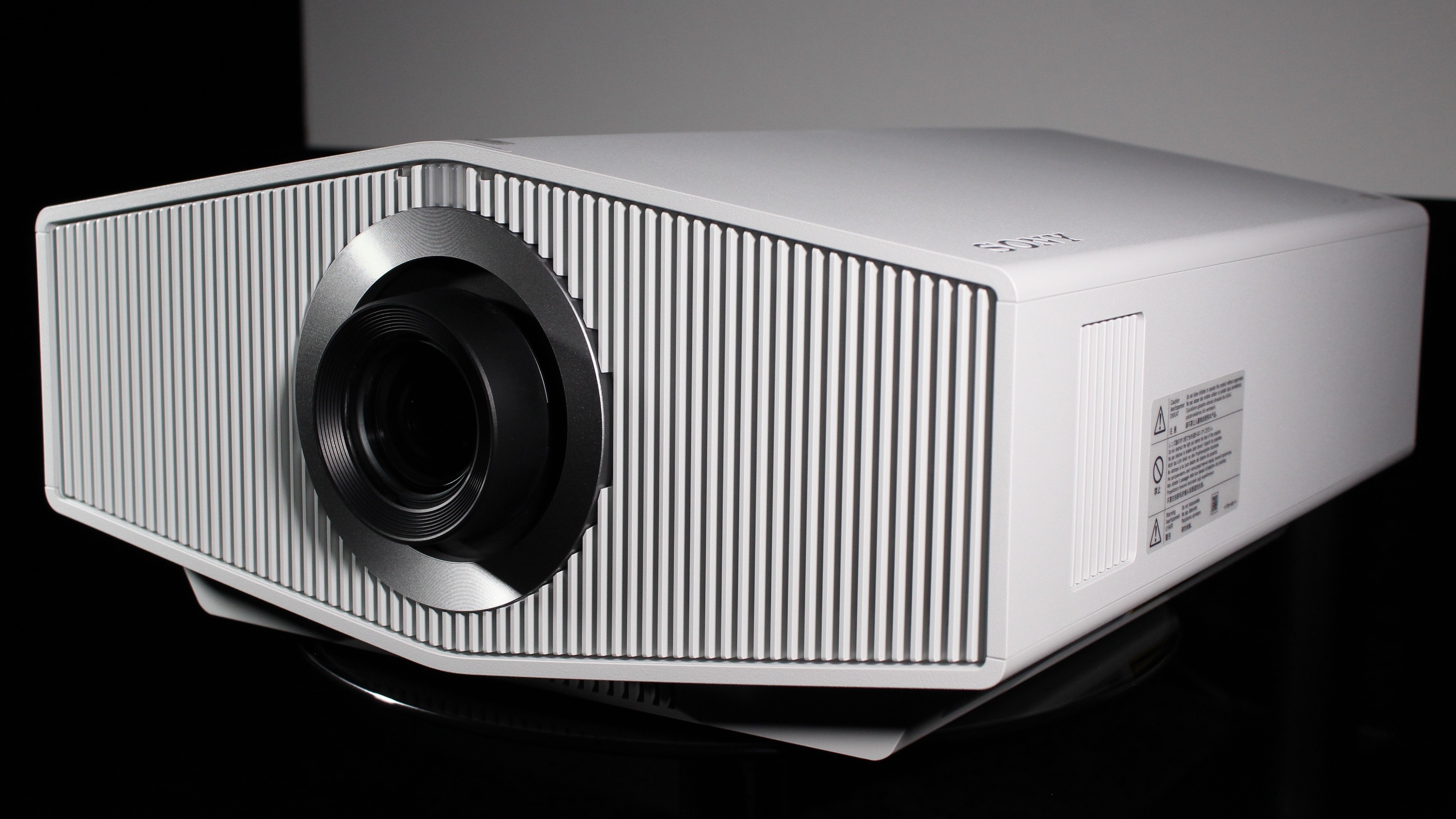- Amazon's rollout of Alexa+ lacks much public evidence
- Technical issues may be delaying a wider release
- Amazon claims Alexa+ is in use by hundreds of thousands of homes
Amazon unveiled Alexa+ with great fanfare more than six weeks ago, but there hasn't been much of a conversation among AI and voice assistant users about it since. My informal check of more than a dozen heavy Alexa users around the U.S. found none with access to it, and a report from Reuters suggests it's far from the explosive event Amazon hyped it up to be at the debut presentation.
Alexa+ is supposed to be Amazon's infusion of AI into the eleven-year-old voice assistant. Using generative AI as a glow-up tool makes Alexa smarter, more useful, better at conversation, and just more intuitive as an assistant. Alexa+ is supposed to give the voice assistant many new and enhanced abilities to carry out your requests, such as processing multiple prompts at once and adapting to personalize its services. For instance, it should remember your dietary preferences while helping you order food.
Invites for early access were meant to start going out in late March. Anecdotally, none have arrived, and a look around social media doesn't reveal any buzz either. Here at TechRadar, Alexa has, for weeks, been telling Editor at Large Lance Ulanoff that he's "on the early access list," but there's still no sign of Alexa+.
Even a Reddit post covered by TechRadar has since been removed from the website. Amazon begs to differ about that conclusion. The company is expressing confidence over the current and future release of Alexa+.
"Early Access to Alexa+ is ramping up. It’s already open to hundreds of thousands of customers, and we expect it to roll out to millions over the coming month," an Amazon spokesperson told TechRadar. "This is no different than other invite programs we’ve run – we scale as we learn."
Alexa+ plans
As Amazon insists there is no slow-walking of Alexa+, the reasons behind an apparent delay aren't official either. That said, the Reuters report cited possible technical issues around the speed and accuracy of the revamped Alexa, as well as higher-than-preferred costs to run the new models. There's a bit of déjà vu here since Amazon made a lot of noise around an AI-enhanced Alexa in the fall of 2023, with an early preview promised in the weeks ahead that never actually happened.
It's a far cry from the 2014 reveal of the original Amazon Echo, which started shipping just a few weeks after it appeared on a stage. Amazon might feel the stakes are too high to prioritize timing over performance this time. If Alexa+ fumbles at launch, it could undercut Amazon’s entire smart home strategy. Worse, it might reinforce the idea that Alexa is more of a talking timer than a true digital assistant.
Amazon also recently made it so Alexa interactions are processed only in the cloud, removing the option for local processing. This change may boost Alexa+’s brainpower, but it also raises privacy flags that may need to be dealt with before a wide release.
So, Alexa+ technically exists, and Amazon swears it’s being used. But you'll have to wait for a review of Alexa+ from someone's home. Until then, Alexa+ is more ghost than AI ghost in the machine.
You might also like...
from Latest from TechRadar US in News,opinion https://ift.tt/maTwNfd
